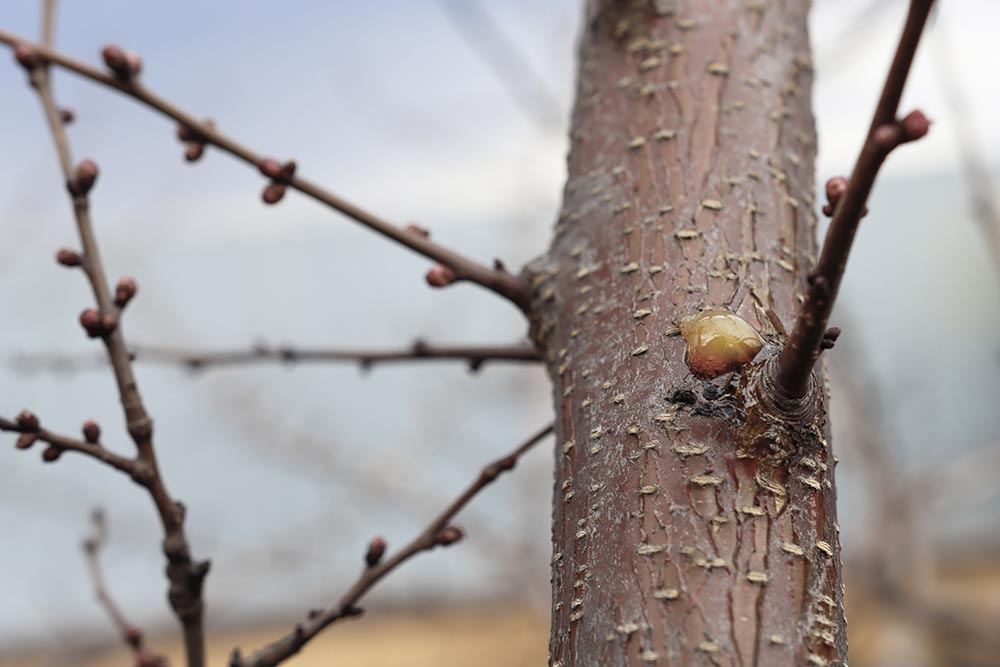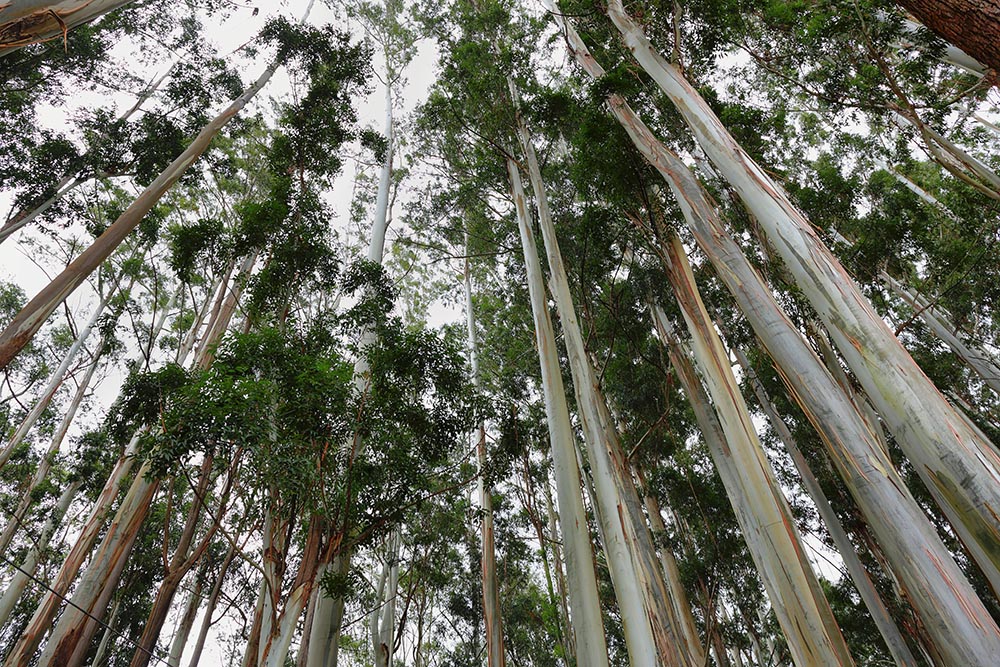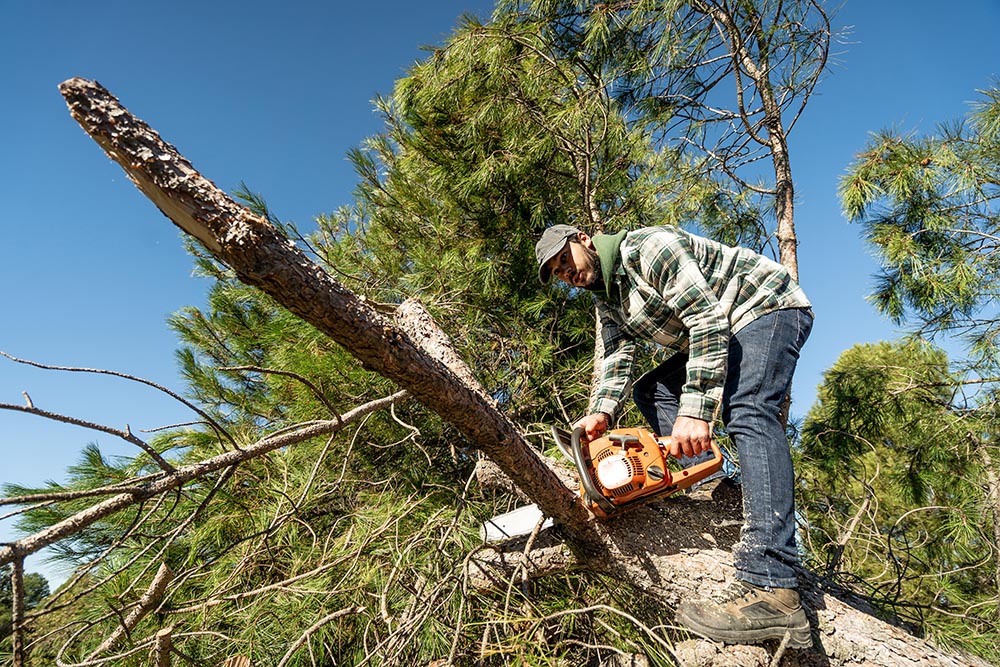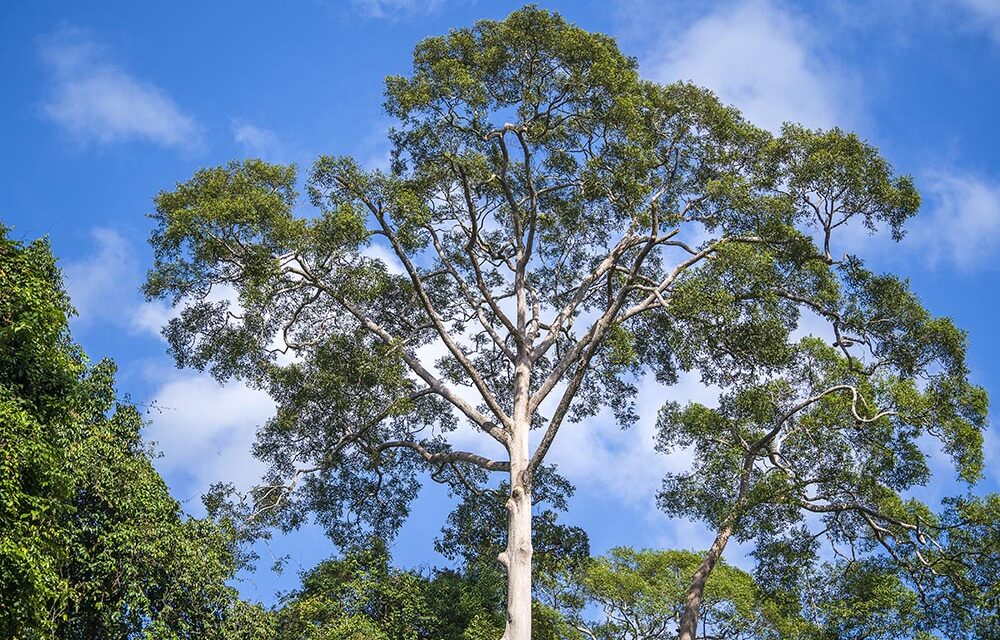Australia is iconic for its stunning and varied flora. From its sparse desert plants to its lush tropical rainforests, Australia really has it all. It is unsurprising that the country’s flora attracts so much interest, and has spurred more than a few people to visit to see some of the incredible plants here for themselves.
One of the most defining of these plants is the gum tree, but what actually are these trees and do they bear any relation to the Eucalyptus and gum trees around the world? Read on to discover all about this majestic tree with a few fun facts to finish off.

What is a Gum tree in Australia? Is a Gum tree the same as Eucalyptus?
Many people use the names gum tree and Eucalyptus synonymously, but are they actually the same? In Australia, gum trees are almost always Eucalyptus trees, but they don’t have to be. To put it another way, all Eucalyptus trees are gum trees, but not all gum trees are Eucalyptus.
Australia has a huge amount of gum trees, indeed they are one of the most populous trees with a huge number of species with both similar and different qualities. You can find these trees pretty much everywhere in Australia apart from the very driest deserts in various forms and types.
In Australia, many use the words Eucalyptus and gum tree interchangeably, understandable as the most common species of gum tree are Eucalypts in this country. However, there are actually 3 different types that make up gum trees: Eucalyptus, Angophora and Corymbia.
While the latter were often grouped in with Eucalyptus trees as late as the 1900s and onwards, such trees as the Lemon-scented Gum and the Spotted Gum are given the designation of Corymbia over Eucalyptus.
Sydney Red Gum, on the other hand, bears the name Angophora Costata rather than being designated a Eucalyptus. You can see once again that while most gum trees in Australia are Eucalyptus trees, this is not the case for every one of them. Therefore, it is better to stick to the general term of gum tree and then look at them species by species taking into account their differences in both look and maintenance needs.
If you are unsure of the tree that you have in your garden, which tree you would most like, or how to care for it, you should consult a tree service professional. They can give you advice and information on these wonderful plants and address any concerns that you might have quickly and efficiently.

Why do they call it a Gum tree?
Gum trees do have one thing in common – their name. They get their name from a gum-like sap called kino. Any time their trunks are damaged they ooze a thick substance that resembles gum, though it is not edible and can indeed be toxic in some forms of gum tree.
This sticky substance is what unites gum trees all over the world under the same general name. Though most are found in Australia with the most common being the Eucalyptus, you can find gum trees in other parts of the world that exude this gummy sap. As far away as North America you can find trees with this distinctive trait. They, therefore, share the name of a gum tree.

10 Fun Gum tree facts:
If you are interested in Australian plants or those anywhere in the world around you, gum trees stick out as being of particular interest to many. Here are a few top facts about gum trees that any tree-lover would find fun, or at least fascinating to a degree.
- Many species of gum tree can grow upwards of 12 feet per year – this makes them a tree of choice for furniture makers and builders alike, who can quickly produce the wood they need and get fantastic quality results fast.
- Gum trees are the preferred food of Koala Bears – Koalas commonly eat between 400-500g of gum tree leaves each day as they nap their time away in these impressive trees. While they do not only eat from gum trees, they certainly rely on them for food the majority of the time.
- The Silver Dollar Tree is used in art – this distinctive and beautiful species of gum tree is beloved by floral artists and photographers alike.
- You can use these trees to drain swamps – certain gum trees suck up huge amounts of water through their large root mass. This has been used to impressive effect, draining swamps to reduce mosquitos and therefore the risk of Malaria. Very cool.
- They act as natural insecticides – beyond the above impact they can have, certain gum trees actually repel insects due to their unique scent. Far preferable than spending huge amounts on synthetic repellents, you can plant a few of these trees and enjoy the smell and the view outside. All without risking as many annoying or harmful insects.
- Eucalyptus oil can be used to treat colds – around two thirds of the Eucalyptus trees in the world produce the right kind of oil which can be used to relieve congestion. Remember that you should not ingest this oil, but rather inhale water vapour with a few drops to see the effects.
- Eucalyptus oil can be good for your teeth – no, we don’t mean you should directly apply this to your teeth as it is toxic in the wrong form. It does however contain Cineole, which is used by dental specialists to create remedies and toothpaste.
- You can create wonderful perfumes from gum trees – many gum trees can have delicious-smelling aromas that make their oils a popular ingredient in perfumes and air fresheners.
- Gum trees can grow to impressive heights – while there are a variety of sizes of gum trees among its many species, certain types can grow upwards of 160 metres making them impressively huge indeed.
- Gum trees have a consistent grain – another reason these trees are so popular with furniture makers is their consistent grain. They make for very aesthetically pleasing furniture.

Final thoughts
Now that you know a little more about gum trees and their most common branch in Australia, Eucalyptus trees, you can see why they are so interesting and popular. Whether you are looking for a tree merely for its beauty, to deter insects, enjoy the shade or entice a Koala into your garden, there is a type of gum tree for you.



